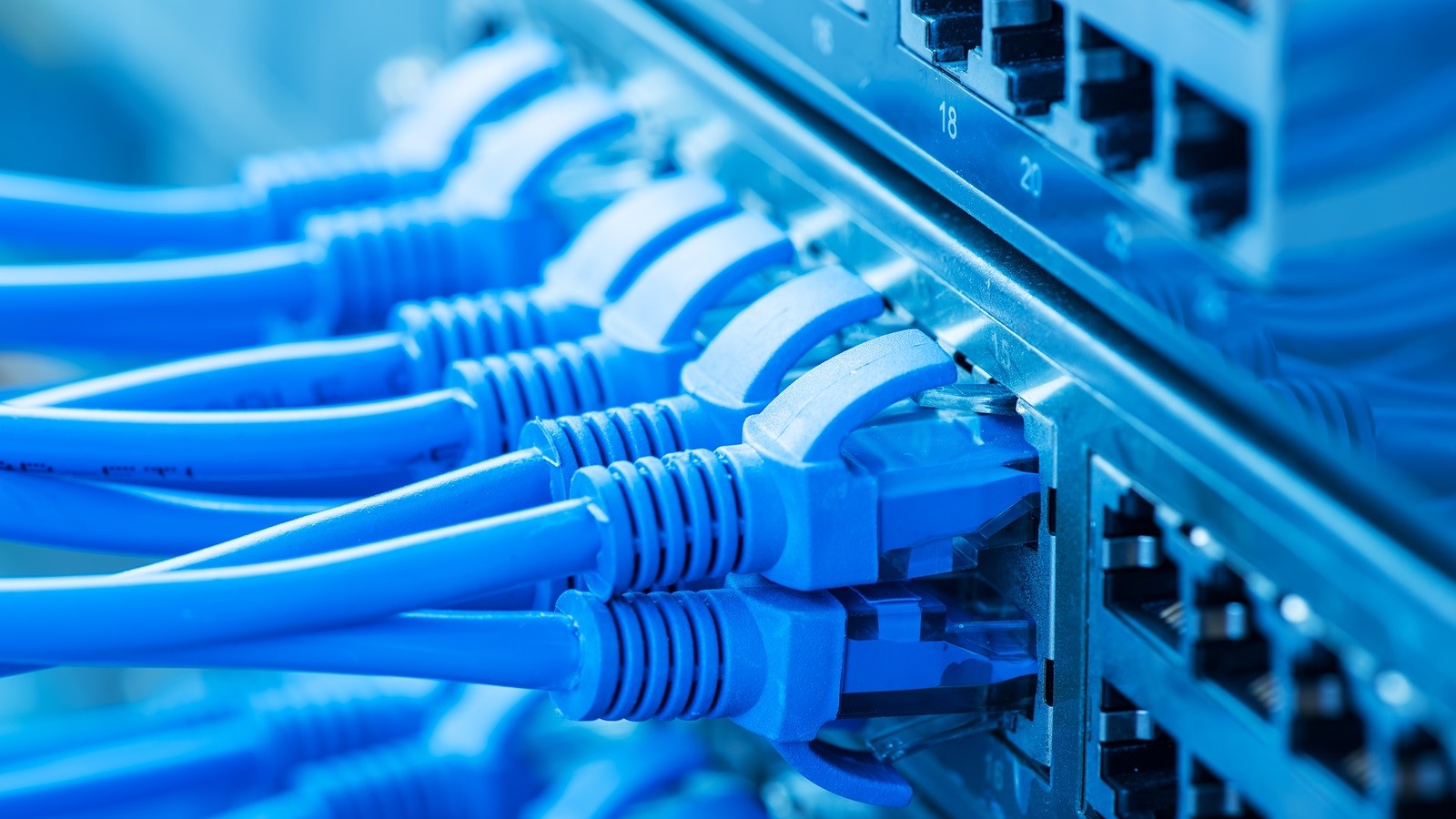Nessum Technical Overview — Key Features That Make Nessum One Of The Most Advanced Networking Solutions
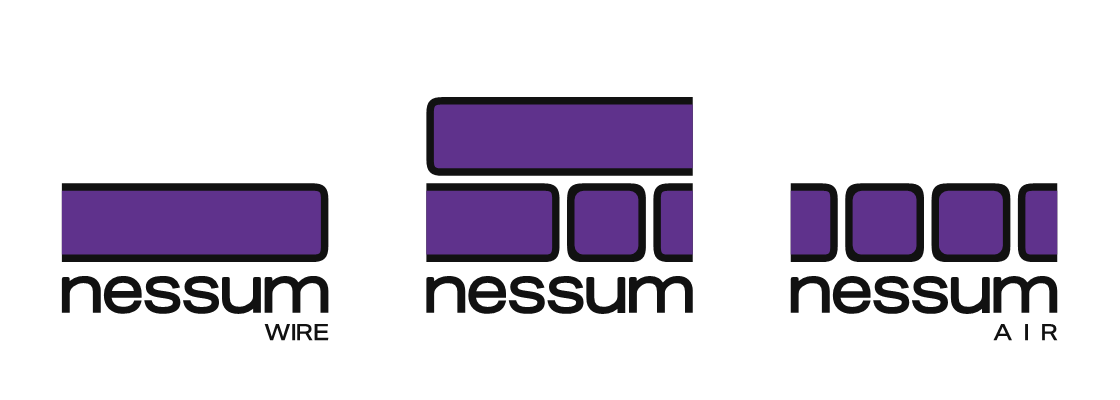
Main Technical Specifications And Features
Nessum is a technology that enables long-distance wired communication and near-field high-speed wireless communication on various communication media (any media) such as wired, wireless, and underwater. It is equipped with many functions to enable stable and high-speed communication in such environments, and the main technical specifications and functions are shown in Table 1. An overview of each function is below.
Table 1. Main technical specifications and features
| Technology Name | Nessum | ||
|---|---|---|---|
| Nessum WIRE | Nessum AIR | ||
| Transmission Medium | Dedicated line (Signal cable / Coaxial cable) |
Power line | Wireless (Air / Underwater / Undersea) |
| Frequency band(*1) | 0.06 ~ 122 [MHz] | 1.8 ~ 100 [MHz] | 0.06 ~ 122 [MHz] |
| Maximum PHY rate(*2) | 1 [Gbps] (4 times mode) |
860 [Mbps] (4 times mode) |
1 [Gbps] (4 times mode) |
| Features(*3) | Maximum connectable nodes - Complete: 128 - Multi-hop: 1024 Maximum number of hop - Complete: 1-hop - Multi-hop: 10-hop Channel - x-1 to x-27 32PAM Error Correction DVTP |
Maximum connectable nodes - Complete:128 - Multi-hop:1024 Maximum number of hop - Complete: 1-hop - Multi-hop: 10-hop Channel - x-1 to x-27 32PAM Error Correction DVTP Dynamic Notch for CENELEC |
Maximum connectable nodes - Complete: 128 - Multi-hop: 1024 Maximum number of hop - Complete: 1-hop - Multi-hop: 10-hop Channel - x-1 to x-27 32PAM Error Correction DVTP |
| Standard | IEEE 1901-2020 IEEE 1901c(*4) ITU-T G.9905 |
IEEE 1901-2020 IEEE 1901c(*4) ITU-T G.9905 |
IEEE 1901c(*4) ITU-T G.9905 |
*1: The communication band depends on the channel used.
*2: The effective speed depends on the transmission channel characteristics, the channel used, antenna specifications (when using wireless), etc.
*3: Supported functions depend on the product.
*4: Approved by IEEE SA Standards Board in February 2024. (URL : https://sagroups.ieee.org/1901/news/)
For reference, the technical specifications and functions of the former HD-PLC (1st to 4th generation) are shown in Table 2.
[Reference] Table 2. Technical specifications and features of the former HD-PLC
| Name | 1st Gen. | 2nd Gen. | 3rd Gen. | 4th Gen. |
|---|---|---|---|---|
| HD-PLC | HD-PLC | HD-PLC3 | HD-PLC4 | |
| Frequency band | 4 to 28 [MHz] | 2 to 28 [MHz] | 2 to 28 [MHz] (Dedicated line / Power line) |
2 to 100 [MHz] (Power line) 0.48 to 122 [MHz] (Dedicated line) |
| Maximum PHY rate | 190 [Mbps] | 210 [Mbps] | 240 [Mbps] | 1 [Gbps] (4 times mode) |
| Features | Ethernet I/F Easy Set-up Speed Indicator Maximum connectable nodes: 16 |
DVTP | Maximum connectable nodes - Complete: 128 - Multi-hop: 1024 Maximum number of hop - Complete: 1-hop - Multi-hop: 10-hop 32PAM Error Correction DVTP Dynamic Notch for CENELEC |
Maximum connectable nodes - Complete: 128 - Multi-hop: 1024 Maximum number of hop - Complete: 1-hop - Multi-hop: 10-hop Channel - x-1 to x-15 32PAM Error Correction DVTP Dynamic Notch for CENELEC |
| Standard | 200Mbps Class In-home Adapter | IEEE 1901-2020 ITU-T G.9905 |
IEEE 1901-2020 IEEE 1901a ITU-T G.9905 |
|
Compatibility with wireless (Nessum AIR) and extending to low-frequency bands are major advances in Nessum.
Nessum PHY Layer
Adoption Of Wavelet OFDM
Nessum uses Wavelet OFDM (Orthogonal Frequency Division Multiplexing) as the PHY layer modulation/demodulation. In the OFDM system, which has high frequency utilization efficiency, by applying Wavelet transform to orthogonalize each subcarrier, the side-lobe level of each subcarrier can be reduced without adding redundant signals.
By adopting wavelet OFDM, it is possible to form deep notches and achieve highly efficient transmission. This is a highly reliable technology that is also adopted in the international standard IEEE 1901.
Features Of Wavelet OFDM
The main features of the Wavelet OFDM are as follows.
- Since the Wavelet OFDM method does not require the Guard Interval inserted to absorb delayed waves in the FFT (Fast Fourier Transform)-based OFDM, it is possible to increase the proportion occupied by the data part.
- Since each subcarrier is band-limited and the first side-lobe is at a sufficiently low level, a spectral notch of 35 dB can be easily formed by making at least two arbitrary subcarriers unused (Fig. 1). Therefore, interference with existing systems that use the same frequency band is suppressed, and it is possible to flexibly comply with frequency usage regulations in each country and region. Additionally, if there is narrowband interference from existing systems, it is possible to limit the influence on just a few subcarriers, and inter-carrier interference can also be kept low.
- Highly efficient transmission is possible by adopting pulse-amplitude modulation (PAM) as the modulation method for each subcarrier and setting the optimal modulation level (2PAM to 32PAM) according to the transmission path conditions.
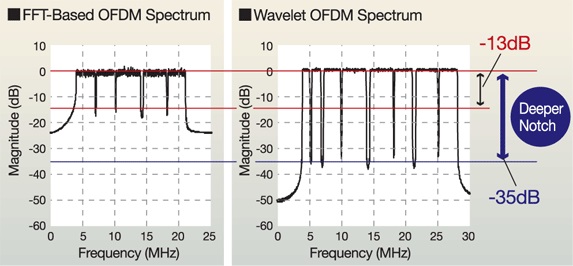
Fig.1 - Wavelet OFDM vs. FFT-based OFDM
Nessum MAC Layer
Nessum uses a method in which the Master periodically broadcasts a control frame called a beacon frame to all terminals in the network, and manages various controls such as QoS (Quality of Service).
For access control, CMSA/CA (Carrier Sense Multiple Access / Collision Avoidance) and DVTP (Dynamic Virtual Token Passing) are used. DVTP, a Nessum-original method, allows the Master to dynamically grant transmission rights to the terminal. This enables access without packet collisions (up to 16 terminals).
It is also equipped with a subframe concatenation function that increases transmission efficiency and a function that periodically updates encryption keys.
Technology To Improve Communication Performance
Nessum was initially developed for power line communication, which has particularly poor transmission characteristics and has various technologies to enable high-speed and stable communication even in such environments.
Below, we introduce some of the representative technologies.
Error Correction
For error correction, Nessum supports Reed Solomon code, Convolutional code, and their concatenated codes (RS-CC), and optionally supports LDPC-CC (Low-Density Parity-Check Convolutional Codes), which has a high ability of error correction. Nessum enables robust communication while minimizing the effects of reduced transmission efficiency.
Diversity Transmission
By transmitting the same data on multiple subcarriers, robustness to disturbances is increased. Based on the combination of concatenated code (Reed-Solomon code + Convolutional code) and 2PAM, it also has a mode that supports high-speed using LDPC-CC and 4PAM.
Channel Estimation
It is possible to optimize the amount of information on each subcarrier and transmit it according to the SNR (signal-to-noise ratio) of the transmission channel. In a transmission channel where the impedance and/or noise level changes, it is necessary to reallocate the amount of information on each subcarrier. Therefore, Nessum prepares parameters for detecting changes in the transmission channel, and while monitoring them, performs the channel estimation at the appropriate timing.
Security
To provide a safe and secure communication infrastructure, we introduce Nessum technologies that achieve advanced security below.
Data Encryption
Nessum encrypts data using the AES-128 which is the same method as wireless LAN.
Tone Map Generation
The channel estimation function also contributes to enhancing security.
The channel estimation function measures the frequency characteristics of the transmission path before communication and generates a tone map (Fig. 2) that assigns information bits on each subcarrier based on the results. This tone map becomes a different map for each terminal, and by exchanging and sharing this map between terminals, two-way communication becomes possible.
Since the channel characteristics differ between each terminal, the tone maps generated there also differ. Therefore, it is extremely difficult for a malicious third party to infiltrate the network by impersonating a terminal within the network, resulting in high security.
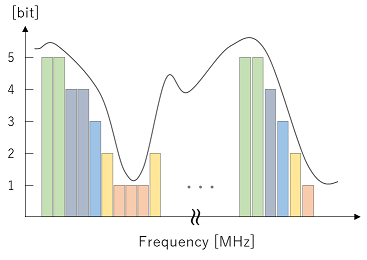
Fig.2 - Example of Tone Map
Dynamic Key Updating
The Master manages keys for data encryption and distributes the keys to terminals that have been successfully authenticated. By regularly updating and distributing keys even after authentication, Nessum reduces the risk of intrusion by third parties due to leakage of key information.
Network Topology
Complete (Single-hop) And Multi-hop
Nessum has two types of network topologies: complete (single-hop) and multi-hop.
- Complete (Single-hop)
Master-Terminal and Terminal-Terminal communicate directly on a one-to-one (single-hop). Up to 128 terminals can be connected to one Master, and packet collision avoidance function (DVTP) can be applied to up to 16 terminals. - Multi-hop
By sequentially relaying data between each terminal (up to 10 hops), communication is possible even in environments where direct communication with the Master is not possible. Up to 1024 terminals can be connected to one master, allowing you to build a large-scale network.
Network Construction With Multi-hop
In BtoB applications, it is necessary to build long-range and/or wide-area networks in large constructions such as buildings and factories. Nessum multi-hop technology relays data sequentially and makes it possible to communicate even in environments where direct communication with the Master is not possible (Fig. 3).
Transmission over several kilometers is possible with up to 10 hops, and one Master can manage up to 1024 terminals, making it possible to construct a wide-area network that covers the entire building.
Furthermore, the communication status between each device is checked approximately every 30 seconds and the optimal route is always selected, so even if one route becomes temporarily unavailable, data can be transferred using another route.
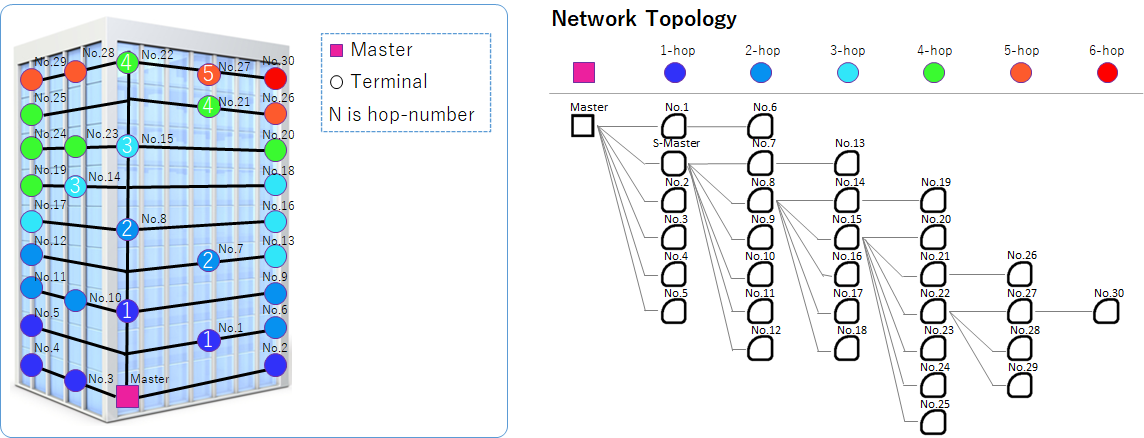
Fig.3 - Network construction with Multi-hop
Easy Set-up And Simple Communication Speed Measurement
Nessum has an easy set-up feature that allows users to register and authenticate devices without requiring them to enter authentication information. In addition, it is also possible to easily measure the communication status between devices. The communication speed is measured between the Master and Terminal using a preset trigger (e.g., pressing the SET UP button on the adapter), and the results are displayed on LEDs.
*Specifications of simple communication speed measurement change depending on the product.


